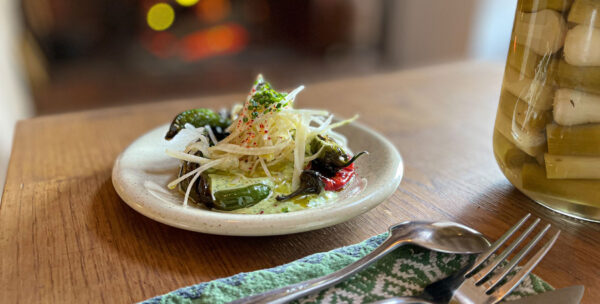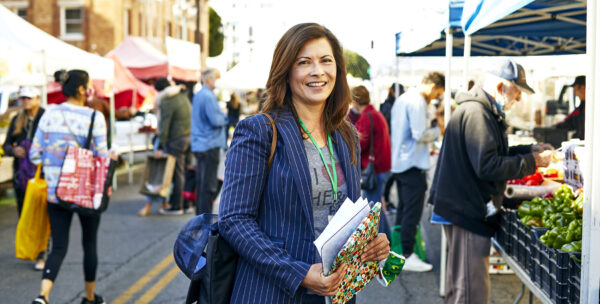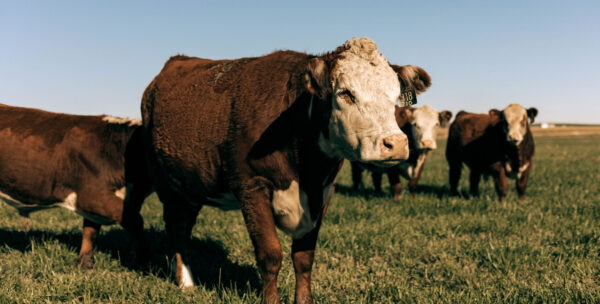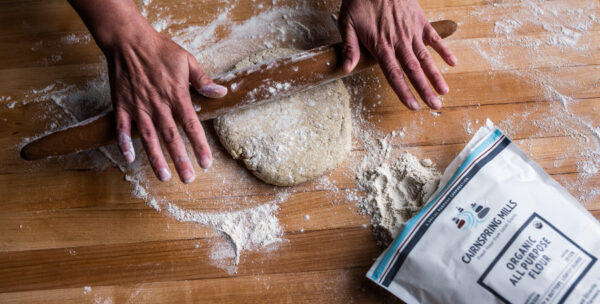
Peter Said “Mamma Mia!”
A riff on the cold brew tonic, this cocktail will delight you with its bright citrus notes that complement the 14 different botanicals that compose the gin all while being lifted with a bold, but perfectly balanced espresso.

A riff on the cold brew tonic, this cocktail will delight you with its bright citrus notes that complement the 14 different botanicals that compose the gin all while being lifted with a bold, but perfectly balanced espresso.

This is a more modern way of experiencing a grasshopper using chocolate, mint, and a touch of amaro, which makes it more well-rounded than the usual vibrant green cocktail most are used to.

The Red Heering is a cocktail made with beet-infused gin, which was the first infusion made at Portland's Kachka.

The Festive Feels is easy to prep, making it perfect for the home bartender to recreate during the holidays. It can be created with any spirit, so it’s very versatile while utilizing any old red wine that might be past its prime to drink, making it quite sustainable.

The coquito, a punch-style cocktail made with coconut and cinnamon, is made in nearly every household in Puerto Rico during the holidays.

Independent fishermen have always fed Argentina—until an industry for export pushed them to the margins. Today, they struggle to reclaim control of their oceans.

Bistros were once a stalwart of the French capital, but as chefs grow more interested in trendy, contemporary fare, this classic establishment may be relegated to become a relic of its former self.

In the French Basque Country, a former Parisian is redefining what it means to run a sustainable restaurant.

Think eating out is back to normal? Not quite. With supply chains backlogged and labor shortages, we talk to a chef, farmer and a food service distributor about the struggle to get ingredients to the plate.

Mainstream media—and even Michelin-starred chefs—have touted the environmental benefits of eliminating meat from our diets. But what if the ecological reality is far more complex?

Two regional flour mills in Skagit Valley, Washington, are revitalizing local grain farming communities with their hyperlocal and sustainable flour businesses, challenging the commodity wheat market.

As apps increasingly replace humans in purchasing and ordering food, restaurant and delivery workers risk being entirely dislodged from our collective consciousness, a process that disembodies the people responsible for feeding us.